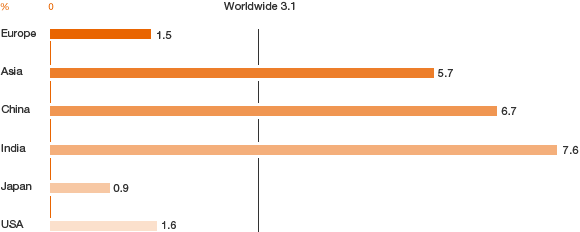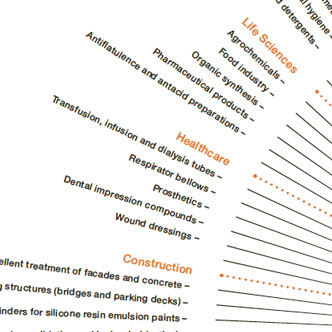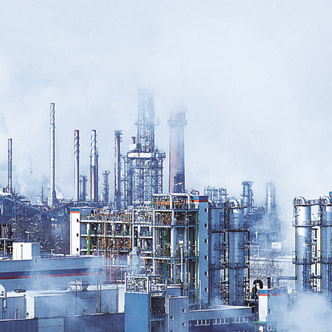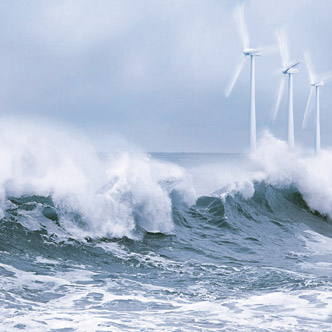Economic Trends
The world economy continued to grow moderately in 2016, but fell short of the original full-year expectations. According to International Monetary Fund (IMF) data, global economic output grew 3.1 percent in 2016 (2015: 3.1 percent).
In advanced economies, the reluctance of companies to invest, coupled with subdued domestic demand, weighed on growth. The somewhat weaker trend in the United States, the Brexit vote in the United Kingdom and the rising fear of terrorist attacks worldwide also slowed the global economy.
GDP Trends in 2016

Sources – worldwide: IMF; Asia: ADB; China: National Bureau of Statistics; India: NCAER National Council of Applied Economic Research; Japan: IMF; USA: IMF; Europe: OECD
Although low oil and commodity prices were beneficial to economies with strong manufacturing and consumer bases, they dampened the growth prospects of commodity-exporting countries, such as Russia and Brazil. China’s economy also cooled off during the year, but has essentially stabilized. The People’s Republic is now relying on systematic structural changes – with more accommodative monetary and fiscal policies, higher domestic consumption and a stronger service sector – to ensure more sustainable long-term growth. According to the Asian Development Bank (ADB), lower demand in China slowed growth in other Asian countries.









